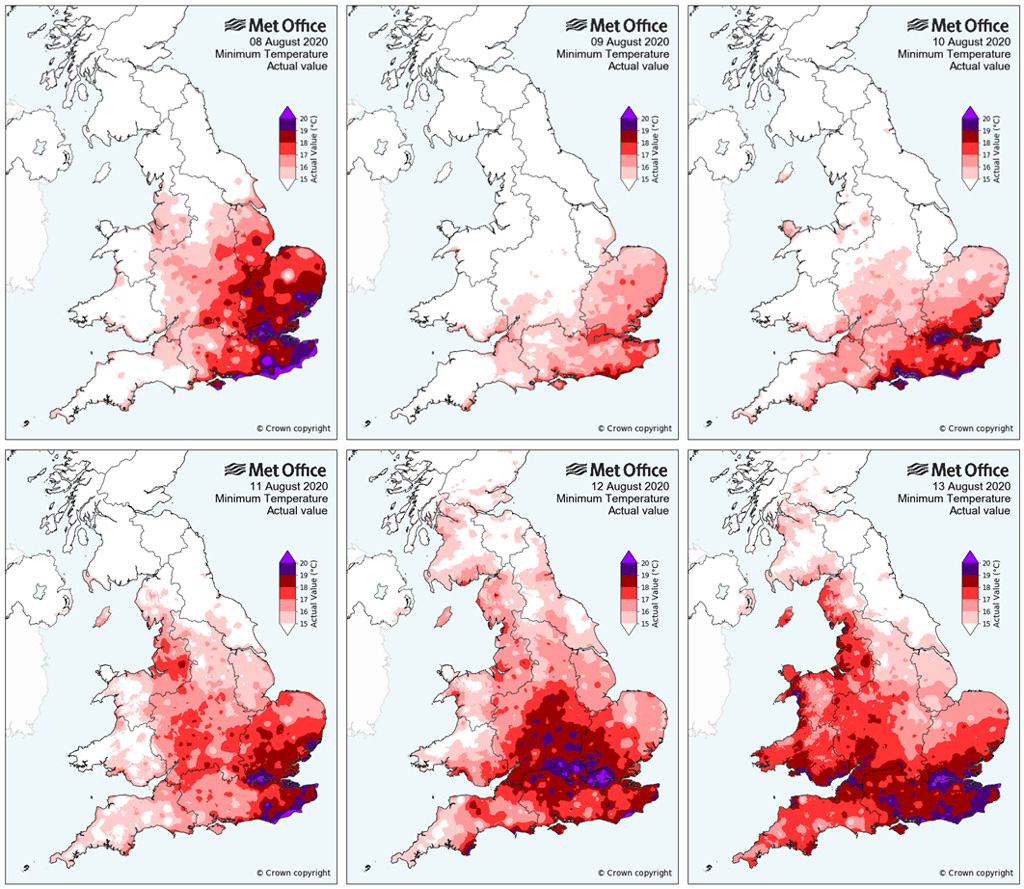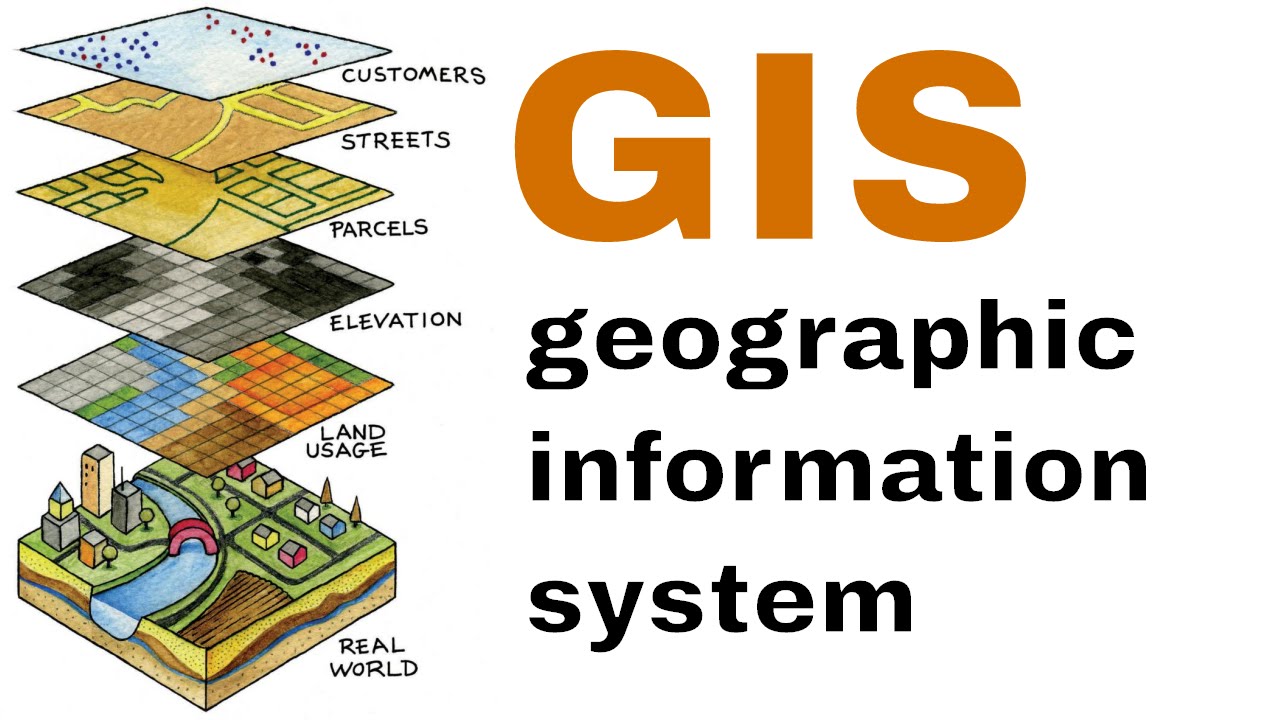Bank Of Canada Rate Cuts: The Impact Of Tariffs On Employment And Economic Growth

Table of Contents
The Role of Tariffs in Slowing Economic Growth
Tariffs, essentially taxes on imported goods, create a ripple effect throughout the economy, significantly impacting both growth and employment.
Increased Import Costs and Inflation
Tariffs directly increase the price of imported goods. This leads to inflationary pressure, as businesses pass on increased costs to consumers. Higher prices for everyday goods reduce consumer purchasing power, leading to decreased consumer spending. For example, tariffs on steel and aluminum have increased the cost of manufacturing various goods, from automobiles to construction materials, ultimately impacting the cost of living for Canadians.
- Increased cost of living: Higher prices for essential goods and services.
- Reduced disposable income: Less money available for discretionary spending.
- Dampened consumer confidence: Uncertainty about future prices and economic stability.
Reduced Export Demand and Business Investment
Retaliatory tariffs imposed by other countries in response to Canadian tariffs significantly reduce demand for Canadian exports. This uncertainty surrounding future trade policies discourages business investment, as companies hesitate to expand or make capital investments in a volatile market. Canadian industries heavily reliant on exports, such as agriculture and manufacturing, are particularly vulnerable.
- Decreased profitability: Lower sales due to reduced export demand.
- Job losses in export-oriented sectors: Businesses cut back on production and lay off workers.
- Reduced capital expenditure: Businesses postpone investments due to uncertainty.
Bank of Canada Rate Cuts as a Response to Economic Slowdown
In response to the economic slowdown caused by tariffs and other factors, the Bank of Canada often lowers interest rates. This is a key monetary policy tool aimed at stimulating economic activity.
Stimulating Economic Activity Through Lower Interest Rates
Lower interest rates make borrowing cheaper for both consumers and businesses. This incentivizes increased borrowing for investments, mortgages, and consumer spending, theoretically boosting economic activity. Lower mortgage rates, for instance, can lead to increased housing demand and construction activity.
- Increased borrowing: Lower interest rates make loans more attractive.
- Lower mortgage rates: Increased affordability of housing.
- Potential for increased consumer spending and business investment: More money available for spending and expansion.
Challenges and Limitations of Rate Cuts
However, monetary policy, like rate cuts, has limitations. It struggles to address structural economic issues caused by tariffs, such as supply chain disruptions or reduced business confidence. Rate cuts might prove ineffective if businesses remain hesitant to invest due to ongoing tariff uncertainty. Furthermore, aggressive rate cuts can lead to unintended consequences.
- Limited effectiveness in addressing supply-side issues: Rate cuts primarily affect demand.
- Potential for inflation: Increased money supply can fuel inflation if not managed carefully.
- Risk of asset bubbles: Low interest rates can inflate asset prices, creating financial instability.
The Impact on Employment
The combined effects of tariffs and Bank of Canada rate cuts have a significant impact on employment across various sectors.
Job Losses in Tariff-Affected Industries
Industries directly impacted by tariffs, such as manufacturing, agriculture, and certain resource sectors, experience job losses. The geographic distribution of these job losses is uneven, with some regions disproportionately affected. Retraining programs and support for displaced workers become crucial in mitigating the negative consequences.
- Manufacturing, agriculture, specific resource sectors most vulnerable: These sectors are directly exposed to international trade.
- Regional disparities in unemployment: Some areas are more reliant on tariff-sensitive industries.
- Need for retraining programs: Support for workers transitioning to new jobs and skills.
Employment Effects of Stimulative Monetary Policy
While tariffs lead to job losses, Bank of Canada rate cuts aim to counteract this by stimulating economic activity and job creation in other sectors. Lower interest rates can boost employment in sectors sensitive to consumer spending and business investment, such as construction, retail, and services.
- Potential for job growth in construction, retail, and other consumer-driven sectors: Increased spending fuels job creation.
- Delayed effects of monetary policy: It takes time for rate cuts to translate into tangible employment changes.
Conclusion
The interaction between Bank of Canada rate cuts and the impact of tariffs on employment and economic growth is complex. While rate cuts strive to stimulate the economy and offset the negative effects of tariffs, their effectiveness is challenged by the uncertainty and structural problems created by trade disputes. Understanding this relationship is critical for policymakers, businesses, and individuals to navigate the current economic environment. Staying informed about future Bank of Canada rate cuts and their connection to tariff impacts is vital for making sound financial decisions and understanding the future direction of the Canadian economy. Continue to monitor announcements regarding Bank of Canada rate cuts and their potential effects on your financial well-being.

Featured Posts
-
 The Great Gatsbys Real Life Inspirations Men Of Wealth Power And Excess
May 13, 2025
The Great Gatsbys Real Life Inspirations Men Of Wealth Power And Excess
May 13, 2025 -
 Singer Morgan Wallen Explains Sudden Departure From Saturday Night Live
May 13, 2025
Singer Morgan Wallen Explains Sudden Departure From Saturday Night Live
May 13, 2025 -
 Heatwave Warning Record Breaking Temperatures In La And Orange Counties
May 13, 2025
Heatwave Warning Record Breaking Temperatures In La And Orange Counties
May 13, 2025 -
 Unlocking Growth A Geographic Analysis Of New Business Hotspots
May 13, 2025
Unlocking Growth A Geographic Analysis Of New Business Hotspots
May 13, 2025 -
 Liga Italia Prediksi Atalanta Vs Venezia Statistik Tim Dan Head To Head
May 13, 2025
Liga Italia Prediksi Atalanta Vs Venezia Statistik Tim Dan Head To Head
May 13, 2025
